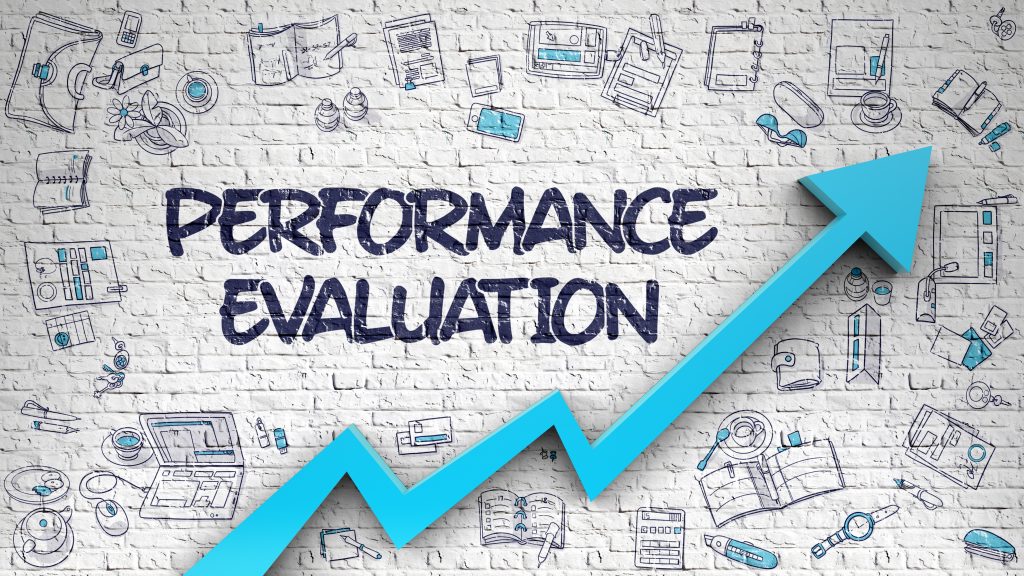Performance Evaluation of Universities: An In-Depth Analysis
In an era of rapidly changing educational landscapes and increasing competition, the performance evaluation of universities has become paramount. Stakeholders—including students, faculty, administrators, and policymakers—are increasingly concerned with understanding how well institutions are fulfilling their missions. This article explores the methods, criteria, and significance of performance evaluation in higher education.
Why Performance Evaluation is Important
1. Accountability
Performance evaluation serves to hold universities accountable for their educational quality and resource utilization. As public and private funding becomes more competitive, institutions are required to demonstrate their effectiveness in delivering educational outcomes.
2. Continuous Improvement
Regular assessment fosters a culture of continuous improvement. By evaluating performance, universities can identify strengths and weaknesses, leading to enhanced teaching methodologies, curriculum development, and student services.
3. Informed Decision-Making
Performance evaluations provide critical data that aids decision-making processes. Administrators can make informed choices about resource allocation, program development, and strategic planning based on evaluation results.
4. Enhanced Reputation
A strong performance evaluation can enhance a university’s reputation, attracting more students, faculty, and funding. Institutions recognized for their excellence are often more competitive in the higher education market.
Key Criteria for Performance Evaluation
Evaluating the performance of universities typically involves multiple criteria, encompassing various dimensions of educational quality. Some of the most common criteria include:
1. Academic Performance
This includes metrics related to:
- Graduation Rates: The percentage of students who complete their degrees within a specified timeframe.
- Retention Rates: The percentage of students who continue their studies at the same institution from one year to the next.
- Employment Outcomes: Data on graduates’ employment rates and average salaries.
2. Research Output
Research is a vital component of many universities’ missions. Key indicators include:
- Research Funding: The amount of external funding secured for research projects.
- Publications: The volume and impact of research publications in peer-reviewed journals.
- Patents and Innovations: The number of patents filed and commercialized technologies.
3. Student Satisfaction
Understanding student satisfaction is crucial for evaluating the overall university experience. Metrics include:
- Surveys and Feedback: Regular surveys assessing student satisfaction with academic programs, faculty, and campus facilities.
- Student Engagement: Levels of involvement in extracurricular activities and campus organizations.
4. Faculty Quality
Faculty quality significantly impacts educational outcomes. Evaluative metrics may include:
- Faculty Credentials: The qualifications and expertise of faculty members, including their research output.
- Teaching Effectiveness: Evaluations of teaching through student feedback and peer reviews.
5. Financial Health
The financial stability of a university can affect its ability to provide quality education. Metrics include:
- Funding Sources: Diversity and sustainability of funding sources, including tuition, grants, and donations.
- Budget Management: Efficient allocation of resources to academic and operational needs.
Methods of Performance Evaluation
Several methodologies are employed to assess university performance, each with its strengths and weaknesses:
1. Quantitative Metrics
Quantitative measures involve the use of numerical data to assess performance. This includes graduation rates, employment statistics, and research output. While quantitative metrics provide concrete data, they may not capture the full scope of a university’s quality.
2. Qualitative Assessment
Qualitative evaluations involve gathering insights through surveys, interviews, and focus groups. This approach can provide a more nuanced understanding of student and faculty experiences but may lack the objectivity of quantitative data.
3. Peer Review
Peer evaluations involve assessments by other academic institutions or experts in the field. This method can lend credibility to the evaluation process and provide insights based on best practices from other universities.
4. Benchmarking
Benchmarking compares a university’s performance against similar institutions. This method helps identify best practices and areas for improvement but requires careful selection of peers for meaningful comparisons.
5. Accreditation
Accrediting bodies evaluate universities based on established standards. Accreditation not only signifies quality but also influences funding and student enrollment.
Challenges in Performance Evaluation
While performance evaluation is crucial, several challenges can complicate the process:
1. Data Availability and Quality
Access to reliable data can be a significant hurdle. Institutions may have difficulty collecting accurate and comprehensive data across various metrics.
2. Diverse Missions
Universities often have unique missions and goals, making it challenging to develop standardized evaluation criteria applicable across different types of institutions.
3. Resistance to Change
There may be resistance from faculty and administration regarding performance evaluations, particularly if the process is perceived as punitive rather than constructive.
4. Rapidly Changing Landscape
The higher education landscape is constantly evolving due to technological advancements and changing student needs. Evaluation criteria must adapt accordingly, which can be difficult to manage.
Conclusion
The performance evaluation of universities is an essential process that promotes accountability, continuous improvement, and informed decision-making. By utilizing a combination of quantitative and qualitative metrics, institutions can gain valuable insights into their strengths and weaknesses.
Despite the challenges, effective performance evaluation can enhance the quality of education and contribute to the overall success of universities. As higher education continues to evolve, the focus on performance evaluation will only grow, driving institutions to adapt and thrive in an increasingly competitive environment.


